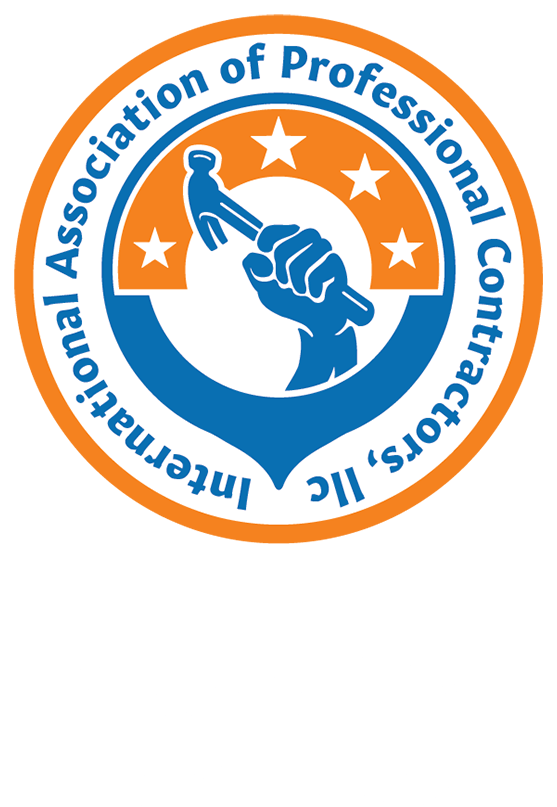Setting the Tone the First Day
On the first day of a new project, if possible, have everyone meet at your office first so that you can explain the project and the general schedule, as well as your expectations for their performance and conduct. This is something you should do before you all arrive at the jobsite so that you can minimize misunderstandings and conflicts. (It goes without saying that if any problems arise on the job, they should be handled as privately as practical.) The crew can also assist with loading up the vehicle(s) with supplies and equipment, including drinking water and first-aid kits.
When you go to the jobsite, arrive as a group, and sort out the parking situation for multiple vehicles so that you cause as little disruption as possible to your clients and their neighbors. Make sure that individual drivers follow your rules for making a positive impression when arriving at the jobsite.
Work as if you’re on camera. Your clients will be paying attention, their neighbors will be paying attention, and even your crew will be paying attention to how you work and conduct yourself on the job.
TIP: Read this article on Meeting Your Prospect for the First Time.
Convey these simple rules for your crew to follow, and lead by example.
- Arrive on time and follow the same tips you should use for meeting a client for the first time. You will be creating a temporary nuisance in the neighborhood with equipment noise, dust, and general disruptive activity. Don’t add to it with any inappropriate, unprofessional conduct.
- No swearing. Keep all conversation businesslike, and keep the volume of personal conversations low (or wait till after work).
- No offensive t-shirts or ball caps. It’s ideal to have your crew wear attire that has your company logo on it so that they’re promoting your brand and identity while they’re working. (And do not charge your crew for this company gear.)
- Keep the jobsite clean. Police your trash and materials as you work so that cleanup at the end of the day goes faster.
- Keep your tools and work area organized so that you can keep track of your materials, and so that hazards for others are minimized.
- Work safely. That means wearing gloves, kneepads, hardhats, safety goggles, dust masks, etc.
- Keep the site safe for others. For example, if you need to stretch power cords in an area that may get foot traffic, create a caution zone around such hazards to give people the heads-up.
- Make sure there are no unauthorized personnel in your work area, including children, pets, or curious onlookers who may have an eye on your tools and equipment.
- No smoking or using chewing tobacco.
- No spitting.
- Don’t bring your dog to the jobsite.
- No loud music and no talk radio shows on the jobsite. There also may be city noise ordinances that prohibit playing radios and stereos outdoors. Regardless, your goal is to minimize your disruption.
Remember that your conduct and that of your crew is its own advertising. It can make or break your reputation and brand, as well as clinch or dash recommendations and referrals.
TIP: Use every means possible to honor your salespeople in front of your entire company.
Marketing on the Job
Check with the owners to make sure that you can set up a promotional yard sign with your company name, logo and contact information in a place on the property that will have the highest visibility to traffic. It should also be set up in an area that’s safely clear of the work area(s). You don’t want to create a hazard with your signage.
If there is some HOA rule or municipal ordinance that prohibits erecting your sign, park your company vehicle so that its signage is prominently displayed to passersby. Also, make sure that you have attached and/or filled your external brochure or business card holder on your truck so that those interested can just take a card or marketing piece while you’re working.
Make sure that your equipment is labeled with your logo to promote your company. This will also help you and your crew distinguish between the company’s tools and their personal items.
Keep extra marketing materials in your truck. If you’re taking a break and you notice an interested onlooker, you can approach them and briefly chat about your business. However, remember that your clients are entitled to your time and discretion, so don’t spend too much time drumming up new business while on their clock, and don’t absentmindedly divulge contractually confidential details or other information that could put your clients or their property at risk. You won’t necessarily know who you’re talking to, whether it’s a neighbor or a prowler posing as a neighbor who is actually casing the neighborhood.
Also, don’t forget your red phone, and do answer it on the job if it won’t be hazardous to take the call.
Jobsite Mailings
A jobsite mailing is a letter (or series of letters) to prospects living within a certain radius of a jobsite. You should also consider including your company brochure and business card with this letter.
Here’s a sample jobsite mailing letter:
Dear [Prospect’s Name],
I’m writing to let you know that we are doing some work in your neighborhood on [Client’s Street]. We will make every effort to keep the jobsite clean and the noise to a minimum.
We offer extensive experience in [Your Services].
I’d like to talk to you about our services while I have a crew in your neighborhood. Call me on my cell phone at [Your Phone Number] for a free consultation. I look forward to hearing from you soon, and we invite you to watch our progress.
Sincerely,
[Your Name]
[Your Company Name]
[Your Phone Number]
[Your Email Address]
[Your Website Address]
P.S. Feel free to call me in the evening at home up until 9:30 p.m.
Always Include a P.S.
People read their mail over a wastebasket. To speed up the process of determining what mail is important and what should get tossed, many people skip to the end of the letter to get to the punch line. Contractors should provide an extra incentive to recipients to respond to a call to action, such as including: “Call me now while you’re thinking about it.”
P.S. At a minimum, your P.S. should quickly re-state your reason for writing.
Join our discussion on how contractors can market on the job site.
ContractorsAssociation.org

